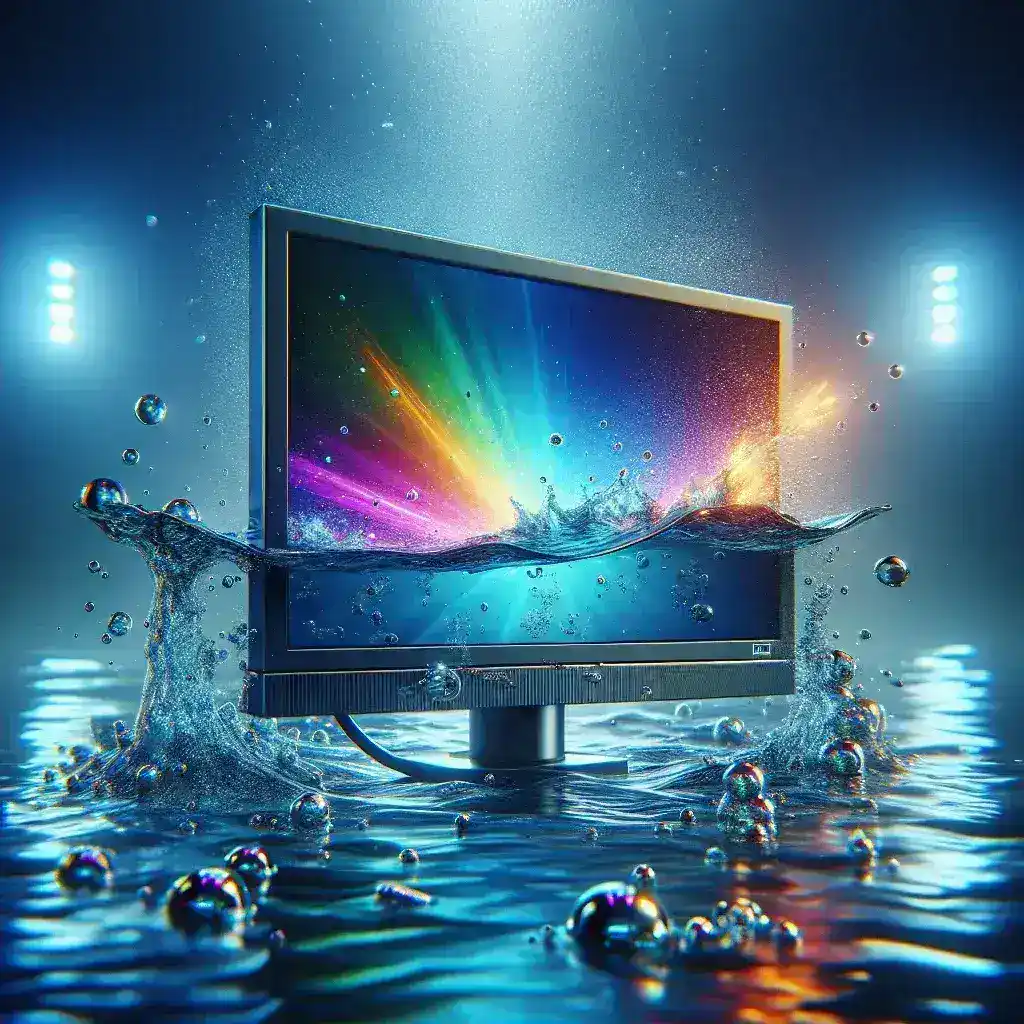With technology evolving rapidly, the demand for specialized displays such as waterproof plasma monitors has grown significantly. Whether for industrial use, outdoor digital signage, or other unique applications, waterproof monitors provide durability and reliability in environments where traditional monitors might fail. But are there truly waterproof plasma monitors available on the market?
To begin with, let’s look at some key specifications and use-cases that drive the need for waterproof plasma monitors:
| Application | Requirement | Benefit |
|---|---|---|
| Industrial Environments | Water, dust, and impact resistance | Longevity and minimal maintenance |
| Outdoor Signage | Resilience against weather conditions | Continuous operation without deterioration |
| Marine Settings | Corrosion and water resistance | Sustained performance in harsh environments |
Understanding Plasma Monitor Technology
Plasma monitors are known for their excellent color accuracy, wide viewing angles, and high contrast ratios. They work by illuminating tiny plasma cells that contain ionized gas, making them suitable for high-quality visuals. However, most plasma displays lack the durability required to withstand exposure to water and harsh outdoor conditions without substantial additional housing.
Waterproof Alternatives to Plasma Monitors
While the concept of waterproof plasma monitors is intriguing, the market does not currently offer many viable options. This doesn’t mean that businesses needing waterproof displays are out of luck. Several alternatives can meet the demand for waterproof properties:
1. Waterproof LCD Monitors
LCD monitors with waterproof and ruggedized enclosures are widely available. These displays offer a variety of features that cater to harsh environments and are known for their clarity and energy efficiency. Manufacturers often provide ratings for protection against water and dust, such as IP65 or higher.
2. Waterproof LED Monitors
LED monitors are another alternative, boasting high brightness levels that make them perfect for outdoor use. Advanced coating technologies and robust enclosures ensure these screens can withstand moisture and physical impact.
3. Waterproof Touchscreen Monitors
For interactive applications, waterproof touchscreen monitors are also available. They combine user-friendly interfaces with durability, making them ideal for kiosks and other public installations.
Key Features to Look for in Waterproof Monitors
When selecting a waterproof monitor for your specific needs, consider the following features:
- IP Rating: Indicates the level of protection against water and dust. Higher ratings (e.g., IP67) offer more robust protection.
- Brightness: High brightness levels ensure visibility under direct sunlight, crucial for outdoor applications.
- Temperature Range: The monitor should operate efficiently within the temperature range of its intended environment.
- Anti-Reflective Coating: This feature reduces glare and improves visibility in bright conditions.
- Durable Enclosure: Robust casing protects the monitor from impacts, vibrations, and other potentially damaging factors.
Industries Benefiting from Waterproof Monitors
Waterproof monitors serve a multitude of industries where exposure to water, dust, and extreme conditions is prevalent. Here are a few prominent examples:
1. Manufacturing
In factory settings where machinery can produce dust and liquids can spill, waterproof monitors ensure continuous data display and monitoring without maintenance interruptions.
2. Transportation
Public transportation systems, especially marine and railway sectors, benefit from waterproof monitors for scheduling displays, navigation aids, and passenger information systems.
3. Healthcare
Medical environments require monitors that can be easily sanitized and are resistant to liquids, ensuring hygiene standards are maintained without compromising technology.
4. Hospitality
Waterproof monitors are used extensively in outdoor pools, patios, and other leisure areas within hotels and resorts for information display and entertainment.
Challenges and Future Prospects
Despite the evident benefits, developing fully waterproof plasma monitors has been challenging due to the delicate nature of plasma technology. Advances in materials and engineering may potentially lead to the creation of such monitors in the future.
For now, businesses and individuals looking for waterproof display solutions are better served by leveraging the existing LCD, LED, and touchscreen technologies that are designed to meet their needs effectively.
Conclusion
In conclusion, while waterproof plasma monitors are not currently available on the market, various alternative technologies offer robust solutions for environments requiring durable and water-resistant displays. By understanding the specific needs of your application and selecting the right technology, you can ensure reliable and high-quality performance even in the harshest conditions.

